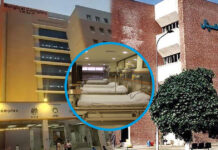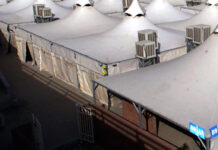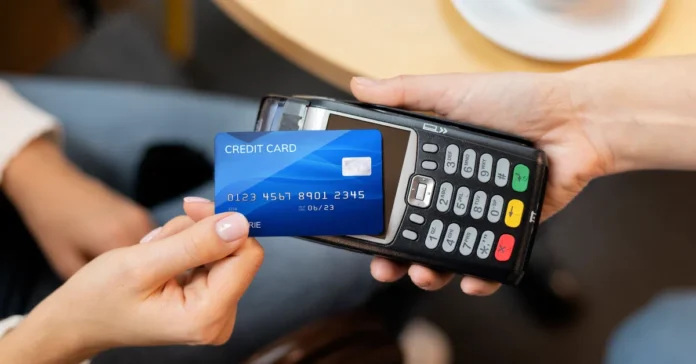Diners in Pakistan, buckle up! A new twist has been added to your dining experience, and it involves plastic! But not the kind you find in your food. Starting today, the way you pay your bill at cafes and restaurants will determine how much Sindh Sales Tax (SST), also known as GST, you pay. Confused? We’ve got you covered. Let’s untangle this new tax measure and see how it will impact your next meal out.
Time To Reward Cards & Tax Cash!
As of July 1st, 2024, paying your restaurant bill with a debit or credit card will attract a lower SST rate of 8%. This is a welcome change for those who prefer the convenience of digital payments. However, if you choose to pay in cash, be prepared for a higher SST rate of 15%. That’s a significant jump, so it might be time to consider digging out your plastic for future restaurant visits.
Short Notice Surprise Sales Tax
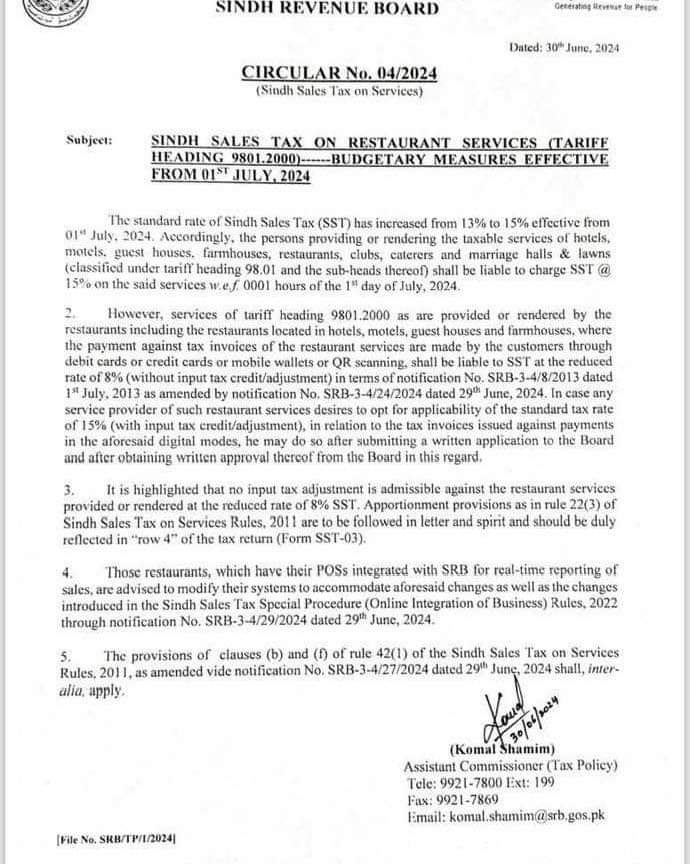
The announcement of this new tax structure came as a bit of a surprise, rolling out on a Sunday with an effective date of the very next day. This has left many restaurants scrambling to update their billing systems to accommodate the different tax rates for cash and card payments. So, if you encounter some technical difficulties while paying your bill today, remember, everyone’s adjusting to this new system.
Why The Sudden Change In Sales Tax?
The government’s rationale behind this move is two-fold. Firstly, it aims to incentivize digital transactions. Pakistan, like many other countries, is pushing for a cashless economy. Digital transactions leave a clear audit trail, making it easier for the government to track tax revenue and combat tax evasion. Secondly, this differential tax rate is likely a measure to generate additional revenue. With a looming IMF loan repayment on the horizon, the government is likely looking for ways to increase its tax collection.
What Does This Mean For Restaurants?
Restaurants will need to adapt to this new system by updating their billing software and signage to reflect the different tax rates for cash and card payments. They may also need to train their staff on how to handle transactions under the new structure. While this might cause some initial hiccups, it’s an adjustment most restaurants should be able to handle smoothly.
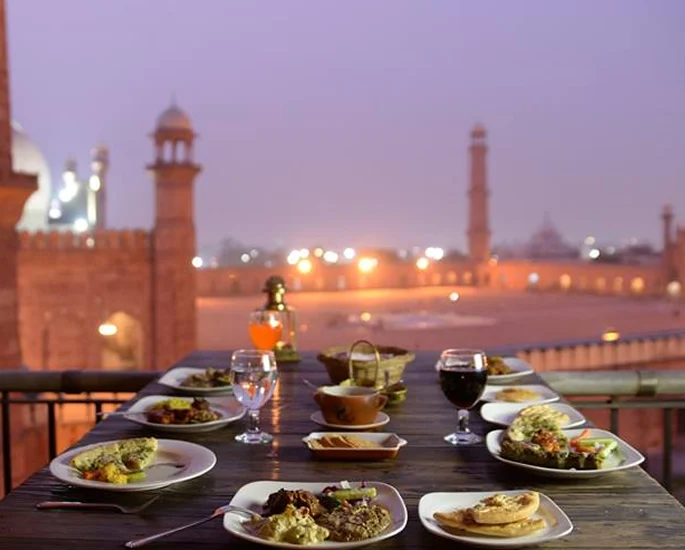
The clear winners in this scenario are those who already use debit and credit cards for restaurant payments. They’ll enjoy a lower SST rate, potentially saving a few rupees on their next meal. However, for those who rely on cash for their restaurant outings, the impact will be more significant. The increased SST rate will translate to higher bills, potentially affecting their dining habits or budget allocation.
So, the next time you head out for a meal, remember to grab your debit or credit card! It might just save you some rupees on your bill.
Stay tuned for more updates like these; this has been your favorite friendly neighborhood reporter Zayaan, Signing Off!







